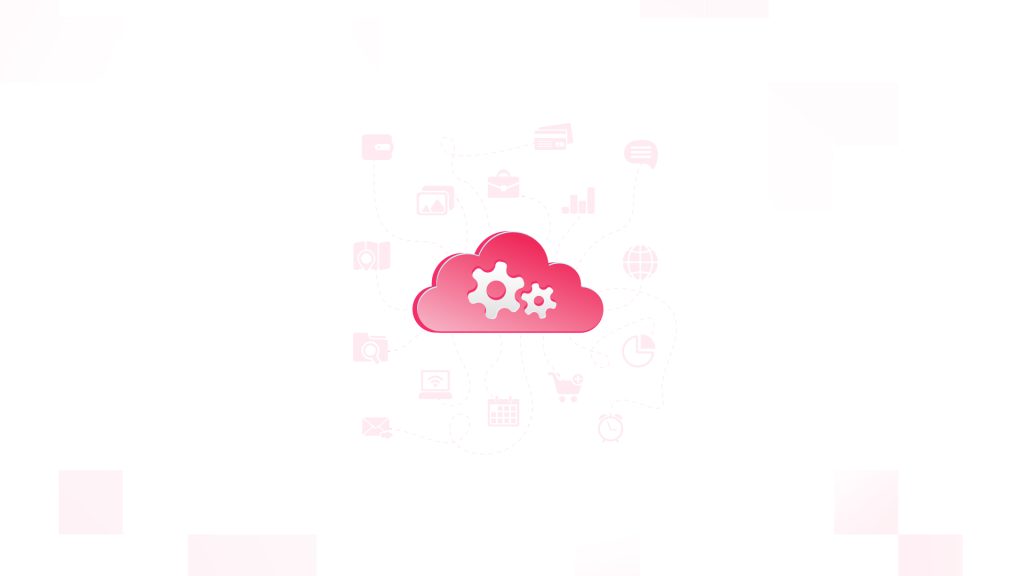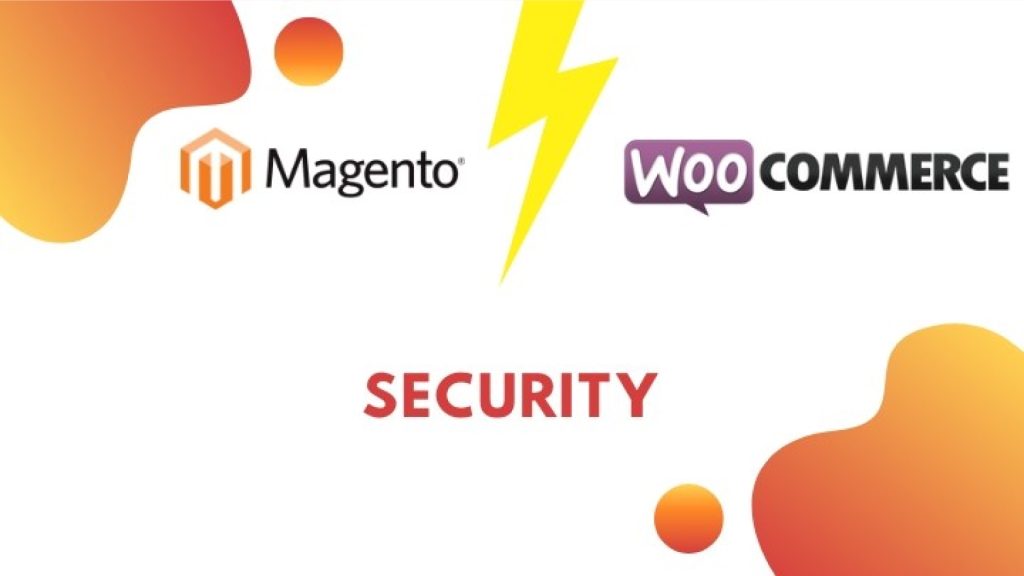WooCommerce vs. Magento: Which is Best for Ecommerce?

One of the most significant aspects of choosing an online store is to find the right platform. The platform would determine everything – the functionality of the store and the experience it provides to users, together with the possibility of scaling it as the business grows. WooCommerce and Magento are the two most widely used ecommerce platforms today. Both have exhibited their strong presence among businesses of different types; however, they differ with respect to what they have to offer. Which one is right for you? Let’s compare WooCommerce vs Magento features, advantages, and drawbacks to help you choose the one that best suits your online shop.
Overview of WooCommerce and Magento
WooCommerce
WooCommerce is a WordPress plugin that transforms an ordinary WordPress website into a fully functioning ecommerce store. It is open-source platform and very flexible for selling physical or digital products. WooCommerce is built on top of WordPress, which is one of the most widely used content management systems (CMS) globally.
Magento
Magento is an open-source eCommerce platform owned by Adobe that offers powerful features for mid-level and large businesses. It is not only ecommerce functionality but also has very strong tools for handling content, CRM and complex product catalogues. Magento has two types: Magento open source (free) and Adobe commerce (paid).
Ease of Use

WooCommerce
WooCommerce is known for being user-friendly. With a direct integration into WordPress, anyone with knowledge of the WordPress ecosystem will find it easy to set up and manage. The actual installation is relatively not complicated, and most users can get their store up and running in a matter of hours. With a simple user interface, it is well suited for beginner and small business owners who aren’t too technically inclined.
Magento
Magento, on the other hand, is more complicated. It allows for a massive amount of customisation and control but makes it somewhat overwhelming for a beginner. Setting up a Magento store requires a certain level of technical aptitude, especially if one wishes to use its advanced features. For companies that do not have in-house developers or technical support, Magento is a hard nut to crack. However, if set and configured, Magento configurations can offer a great benefit in terms of backend controls.
Customisation and Flexibility

WooCommerce
One of the biggest advantages of WooCommerce is its flexibility. Built on WordPress, it comes with the full ecosystem of WordPress themes and plugins. Thus, you can easily customise your online store’s layout and functionality to meet your needs. The number of payment gateways, shipping options, and third-party integrations is massive in WooCommerce; however, while many plugins and themes are offered for free, the premium versions have advanced features.
With this being said, WooCommerce has much room for customisation; however, the more complex your store is, the greater the chance you might have to stop using the free version. If you have many products or need advanced features, consider paid extensions and custom development.
Magento
Magento distinguishes itself by being the most customisable and flexible ecommerce platform, particularly where large-scale businesses or stores with ever-complex requirements are concerned. With Magento, the design and key features will operate under the business’s control, as well as advanced customisation of product catalogues, checkout processes, etc. Magento’s open-source nature allows developers full access to its code for complete platform customization.
For businesses that need advanced features such as multi-store management, complex pricing rules, or integration with custom ERP systems, Magento is a better platform than the rest. However, with such customisation come the heavy needs for technical knowledge and development resources.
Scalability

WooCommerce
WooCommerce is best for small and medium-sized businesses. While it will serve you well in managing a growing store, issues can arise if you scale very large. If you have a big catalogue and a lot of traffic, or you need advanced features not provided by default plugins, performance can suffer. WooCommerce also depends on your hosting provider for scalability, whereas for larger stores, you might need a pretty powerful hosting setup to guarantee speed and smooth operations.
Magento
Magento has been created with big businesses and complex ecommerce requirements in mind. It can manage stores with thousands to maybe millions of products, an enormous client base, and heavy traffic volumes. The feature of multi-store management is also beneficial to companies operating in various regions or selling various product categories.
Being resource extensive, Magento needs to be placed in hosting environments of high performance for efficient functioning of the site. Cloud hosting is possible in the paid version called Magento Commerce, adding to performance and scalability.
Cost of Ownership
WooCommerce
The initial costs of setting up with WooCommerce are not high. The WooCommerce basic plugin is free, and WordPress itself is free. However, costs can be incurred as a business grows, including premium themes, extensions, and hosting costs. These can add up, especially if you need further advanced features like subscription management, advanced reporting, or integrated shipping options.
WooCommerce does not need a paid license, but hosting must be contracted for, and almost certainly, this will affect your store performance. For small businesses, the hosting and extensions cost is manageable; however, as it evolves, the project may see costs spiralling upwards.
Magento
Depending on which version you opt for, Magento entails its own set of transactional costs. The open-source version is available without any cost for license or download, but custom development, advanced extensions, and top-notch hosting are things that a business will need to invest in. To support an adequate level of scalability, Magento requires a larger infrastructure, which can also translate into higher hosting costs compared with WooCommerce.
Magento Commerce is the enterprise-level version that comes with a huge licensing fee. It can be a heavy financial burden on small businesses, but for the larger businesses who have many complex needs, it may become feasible to embrace the Magento Commerce. Since licensing includes hosting and other services, the total expenses may become more predictable for those large-sized enterprises.
SEO and Marketing Tools

WooCommerce
WooCommerce gets the full benefits of WordPress when it comes to SEO. WordPress is popularly known as one of the best CMS platforms with respect to SEO. The inbuilt SEO plugins or the tools like Yoast SEO make it easy for store managers to optimise any of their product pages, blog posts, or categories.
WooCommerce also has many marketing and promotional tools, like discounts, coupons, and integrations for email marketing automation. Thanks to integrations with third-party tools, more advanced marketing approaches are made possible, including Google Analytics, affiliate programs, and social media integration.
Magento
Magento also allows a lot in terms of SEO, though it is more complicated than what is available in WooCommerce. It has further extensive advanced SEO features, which include SEO-friendly URLs, meta tags, sitemaps, and product schema. However, a developer will be required to take advantage of its full capability, especially when tackling customised features.
Magento has marketing features, such as email campaigns, coupons, promotions, and segments of users depending upon your marketing strategies. It also integrates third-party marketing tools and includes dedicated features in Magento Commerce, such as customer loyalty programs, automated follow-up, and smarter analytics.
Need SEO guidance and support to boost your store rankings?
Our Experts Can Help!
Security

WooCommerce
WooCommerce largely adopts the existing features of security in WordPress. These include regular updates, strong password policy, and many other plugins designed to secure the site. However, because WordPress is commonly targeted by hackers, you have to be careful and also add more security options such as two-factor authentication, SSL certificates, and security plugins.
Considering the initial condition, WooCommerce offers decent security. The third-party plugins could, however, cause all sorts of vulnerabilities. It is, therefore, important to check updates in everything and carry out regular audits on your security.
Magento
Magento offers many security features, especially in the enterprise version. It frequently releases security patches, and updates must be installed to avoid any vulnerabilities. Secure payment processing, encryption, and user access controls are other features of Magento that protect sensitive information.
Since Magento is used mostly by big businesses, having a security update and configuration done by a professional developer or IT team becomes imperative.
Worried about the security of the ecommerce store? Here is a guide to ecommerce security.
Community and Support

WooCommerce
WooCommerce has a large and really active community of users and developers, so every help or solution to some common problem would easily come. To find even more comprehensive official documentation, you can access any of the numerous tutorials, forums, and third-party resources for troubleshooting from WooCommerce.
In addition to the support already described, WooCommerce also has premium support through third-party providers along with the developers behind paid plugins and themes. For example, community-driven support suffices for most small businesses; however, it may need to seek outside professional help for more advanced problems.
Magento
Magento is more specialised, and it also has a large community across the world. Magento’s community forums, official documentation, and third-party resources are some of the great ways to find answers to the most frequently asked questions. However, since Magento is a little bit more complex, businesses would have to hire professional support from Magento developers or agencies to ensure the stores run smoothly.
Magento Commerce Premium Support offers to Adobe customers. This is to make sure that the customer receives personalised help whenever they need it.
Need Reliable Maintenance and Support service to help grow your Ecommerce Business?
Our Experts Can Help!
Conclusion
WooCommerce is Best Suited For:
- Small and medium business owners.
- Those who already have WordPress sites and those who know a little bit about the WordPress ecosystem.
- A business requiring easy use coupled with customisation possibilities and a low entry cost.
- Entrepreneurs lacking technical skill need to do a quick setup.
Magento is Best Suited For:
- Businesses with complex ecommerce requirements.
- Organisations that need extensive customisations, scalability, and performance.
- Companies that can afford to maintain a more technical platform or within their organisation have a development team responsible for this.
- Corporations that need multi-store facilities and advanced marketing.
Both WooCommerce and Magento are powerful platforms capable of supporting a large number of diverse business models. The choice between one or the other will depend on the size of one’s business, technical proficiency, and future goals. For a person just starting a business or doing a small business, the better option would be WooCommerce because of its ease of use and low cost. On the other hand, Magento will have all the advanced features needed to support the growth of your large business, including scalability and customisation.
Carefully evaluate your business needs, resources, and future expansion plans for the ideal choice of a platform to help you.





















